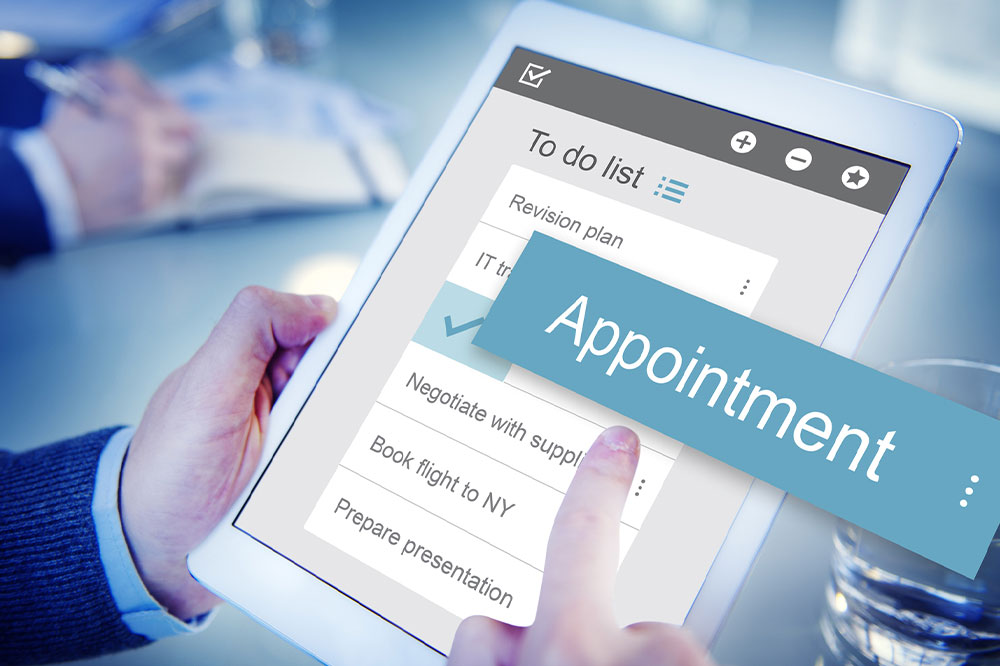Comprehensive Guide to Workforce Optimization Tools
Discover how workforce optimization tools enhance business efficiency by automating HR processes, improving employee satisfaction, and ensuring compliance. This guide covers key features, top platforms, and tips for selecting and implementing the best system for your organization to streamline operations and boost productivity.

Introduction to Workforce Optimization Solutions
In today's fast-paced business landscape, effective workforce management is vital for organizational success. Workforce optimization software (WOS) has become a crucial asset for companies aiming to streamline human resource activities. This article highlights the importance of workforce optimization tools, their main features, and provides a comparison of top platforms available today.
Why Use Workforce Optimization Software
1. Boosts Operational Effectiveness:
WOS automates essential HR processes like scheduling, attendance tracking, and payroll, reducing administrative workload and increasing efficiency.
2. Improves Employee Engagement:
Accurate time management and equitable scheduling foster higher employee satisfaction. It also offers self-service portals where staff can oversee their schedules and personal details.
Cost control is enhanced through proper staffing, reducing overtime, and preventing time theft. Furthermore, these systems help organizations stay compliant with labor laws by maintaining precise records and generating needed reports. Data analytics provide insights that support proactive workforce planning and decision-making.
Main Features of Workforce Optimization Software
1. Attendance and Time Tracking:
Automatically records clock-ins, clock-outs, and manages leave requests accurately.
2. Staff Scheduling:
Creates efficient work schedules considering demand forecasts, staff availability, and skills.
3. Payroll Compatibility:
Integrates seamlessly with payroll systems to ensure accurate employee compensation timely.
4. Regulatory Compliance:
Supports adherence to labor laws including scheduling, wage laws, and reporting requirements.
5. Employee Self-Services:
Offers portals where employees can manage schedules, request leave, and check pay details.
6. Reporting and Data Analysis:
Provides extensive analytics tools for workforce insights and performance tracking.
7. Mobile Compatibility:
Allows access via mobile apps for employees and managers on the move.
Top Workforce Optimization Platforms
Below is a comparison of leading software solutions in the industry:
| Platform | Features | Pricing Type | Integration Abilities | Customer Support |
|---|---|---|---|---|
| Kronos Workforce Suite | - Extensive time and attendance module | Subscription | High | 24/7 Support |
| - Dynamic scheduling and forecasting | ||||
| - Strong compliance features | ||||
| ADP Workforce Now | - Payroll integration | Subscription | High | Email & Phone |
| - Employee self-service portal | ||||
| - Robust analytics and reporting | ||||
| Workday | - Human capital management | Subscription | High | 24/7 Support |
| - Talent and performance management | ||||
| - Real-time workforce insights | ||||
| SAP SuccessFactors | - End-to-end HR management | Subscription | High | Email & Phone |
| - Performance & goals | ||||
| - Learning & development modules | ||||
| Deputy | - Simple workforce scheduling | Subscription | Medium | Live Chat & Email |
| - Attendance tracking | ||||
| - Mobile accessibility |
How to Select the Ideal Workforce Optimization Solution
Choosing the best platform involves evaluating several factors tailored to your organization's needs:
1. Identify Requirements: Recognize the specific challenges your company faces in managing staff and compliance.
2. Consider Growth & Flexibility: Opt for software that scales alongside your organization and adapts to varied work styles.
3. User Friendly: Prioritize intuitive interfaces to reduce learning time and increase engagement.
4. System Integration: Ensure seamless compatibility with existing HR, payroll, and management systems for streamlined operations.
5. Budget: Assess overall cost, including subscriptions, implementation, and customization expenses.
6. Support & Maintenance: Reliable ongoing support is critical for resolving issues quickly and minimizing downtime.
Effective Deployment Strategies for Workforce Management Platforms
1. Detailed Planning:
Create a comprehensive implementation roadmap, setting deadlines and responsibilities while involving key stakeholders to facilitate smooth integration.
2. User Training:
Provide thorough training tailored to different user roles to maximize effective usage of the system.
3. Track Implementation Progress:
Monitor user adoption rates and solicit feedback to address issues promptly, ensuring maximum effectiveness.
4. Continuous Optimization:
Regularly analyze data and workflows for ongoing improvements, leveraging analytics to refine processes and enhance productivity.
Implementing workforce optimization tools enables better HR process management, higher employee satisfaction, and stronger compliance. Choosing the right system and following best practices ensures tangible improvements and supports organizational growth.
Resources:
Note: This content offers valuable insights into workforce management solutions. While research supports best practices, readers should evaluate options based on their specific needs. The website is not responsible for discrepancies in data or proprietary deals not covered here.










